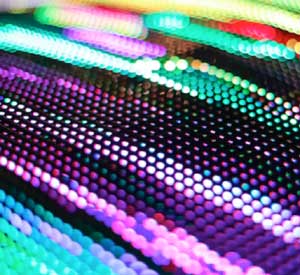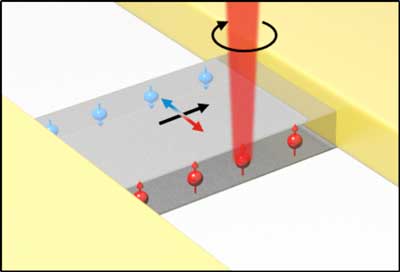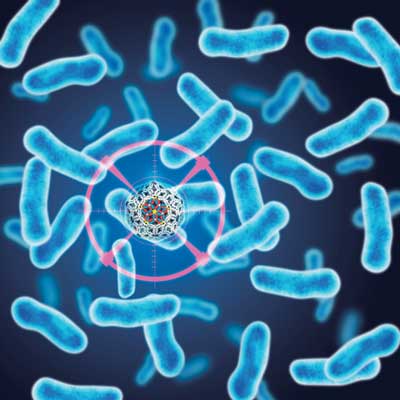
Monday, January 29, 2018
'Chemical net' could be key to capturing pure hydrogen
MXene material could help produce clean-burning hydrogen fuel.
New molecular muscle responds to visible light
Picture a tiny, makeshift muscle that can curl a 20 milligram suspended weight when exposed to light. Under the right conditions, another mix packs enough power to bench-press a dime.

Diamonds show promise for spintronic devices
Scientists have measured how strongly a charge carrier's spin interacts with a magnetic field in diamond. This crucial property shows diamond as a promising material for spintronic devices.

Interstellar fullerenes may help find solutions for earthly matters
Fullerenes were first discovered by Harry Kroto in the 1970s, a feat for which he and his colleagues received a Nobel Prize in Chemistry. Recently, they have been found in winds emitted by red giants and in interstellar medium.

Scientists realize strong indirect coupling in distant graphene-based nanomechanical resonators
A research team has realized strong coupling between distant phonon modes, by introducing a third resonator as a phonon cavity mode. Varying the resonant frequency of the phonon cavity mode, the coupling strength between distant phonon modes can be continuous tuned.

Researchers develop flexible vertical micro LED (w/video)
Researchers have developed flexible vertical micro LEDs (f-VLEDs) using anisotropic conductive film (ACF)-based transfer and interconnection technology.

Light-steering of spin-polarized currents in topological insulators
Topological insulators are a fascinating group of materials. A spin-polarization occurs, as soon as an electric current flows in the material. Scientists have measured this now for the first time optically at room temperature.

Synthetic 'virus' to kill bacteria
Scientists have developed a synthetic 'virus' that kills bacteria on first contact.

Superconducting synapse may be missing piece for 'artificial brains'
Researchers have built a superconducting switch that 'learns' like a biological system and could connect processors and store memories in future computers operating like the human brain.

New nanomedicine methode prevents premature nanoparticle breakdown
Nanoparticles that transport medicines to a specific part of the human body are usually broken down in the liver prematurely. Researchers have discovered a new method to prevent this from happening.

Antiferromagnets prove their potential for spin-based information technology
Physicists demonstrate technologically feasible read-out and writing of digital information in antiferromagnets / Basic principle for ultrafast and stable magnetic memory.

Flexing for the next silicon wave
Ultrathin, rigid silicon segments that are wired through interdigitated metal contacts produce ultraflexible high-performance solar cells.

Let liquid fingers point the way
Gold nanospheres can be manipulated on surfaces with nanometer precision using the effects of solvent evaporation.

Subscribe to:
Comments (Atom)
